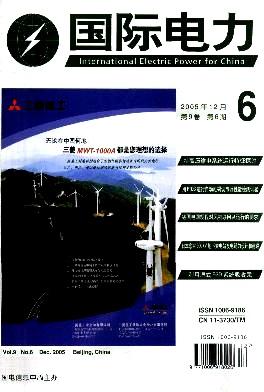Virtual Labs: an Effective Engineering Education Tool for Remote Learning and not only
引用次数: 1
Abstract
operating real hardware is a fundamental engineering skill. For this reason, hands-on classes involving real equipment is an essential tool in engineering education. At the same time in many cases there are certain limitations related to in-person training of students: hardware availability, hardly modifiable functionality for each student and educational goal, the increased demand on remote learning and safety aspects. Modern information technologies enable various means for partially solving the mentioned issues by providing remote access, VR-technologies, digital twins, etc. The paper provides a brief overview of aspects related to introducing virtual labs into educational process, with the main focus on the requirement for the virtual hardware, such as an electric power drive system, should replicate processes with time resolution in order of several milliseconds. And the interaction of the equipment with the student should be done in a way there is a feeling of a real object, necessitating low response time in order of hundreds of milliseconds. This requires high priority of computational power allocation for mathematical model calculation as well as high communication channel bandwidth between the computation power source and the user interface. The paper presents an example of such a server deployed virtual laboratory. The functionality was inspired by that of real equipment installed at Energy saving electric power drive laboratory at the Department of Electric Drives of Moscow Power Engineering Institute. Apart from substantively replicating the functionality and feel of high-dynamic hardware real-time operation, it enables to provide each student with an individual virtual equipment set to be explored, tuned or diagnosed. Virtual labs of the kind proved to be an effective engineering education tool for remote learning, giving new opportunities in improving the in-person training process as well.虚拟实验室:远程学习的有效工程教育工具,而不仅仅是
操作真正的硬件是一项基本的工程技能。因此,在工程教育中,涉及实际设备的实践课程是必不可少的工具。与此同时,在许多情况下,与学生亲自培训有关的某些限制:硬件可用性,每个学生和教育目标难以修改的功能,对远程学习和安全方面的需求增加。现代资讯科技透过提供远端接达、虚拟现实技术、数码孪生等多种方式,可部分解决上述问题。本文简要概述了将虚拟实验室引入教育过程的相关方面,主要关注虚拟硬件的要求,如电力驱动系统,应该以几毫秒的时间分辨率复制过程。设备与学生之间的互动应该以一种真实物体的感觉来完成,需要几百毫秒的低响应时间。这就要求数学模型计算的计算能力分配优先级高,计算能力源与用户界面之间的通信信道带宽高。本文给出了这样一个服务器部署虚拟实验室的实例。该功能的灵感来自于安装在莫斯科电力工程学院电力驱动系节能电力驱动实验室的真实设备。除了大量复制高动态硬件实时操作的功能和感觉外,它还可以为每个学生提供一个单独的虚拟设备集,供他们探索、调整或诊断。这种虚拟实验室被证明是远程学习的有效工程教育工具,也为改进现场培训过程提供了新的机会。
本文章由计算机程序翻译,如有差异,请以英文原文为准。
求助全文
约1分钟内获得全文
求助全文

 求助内容:
求助内容: 应助结果提醒方式:
应助结果提醒方式:


